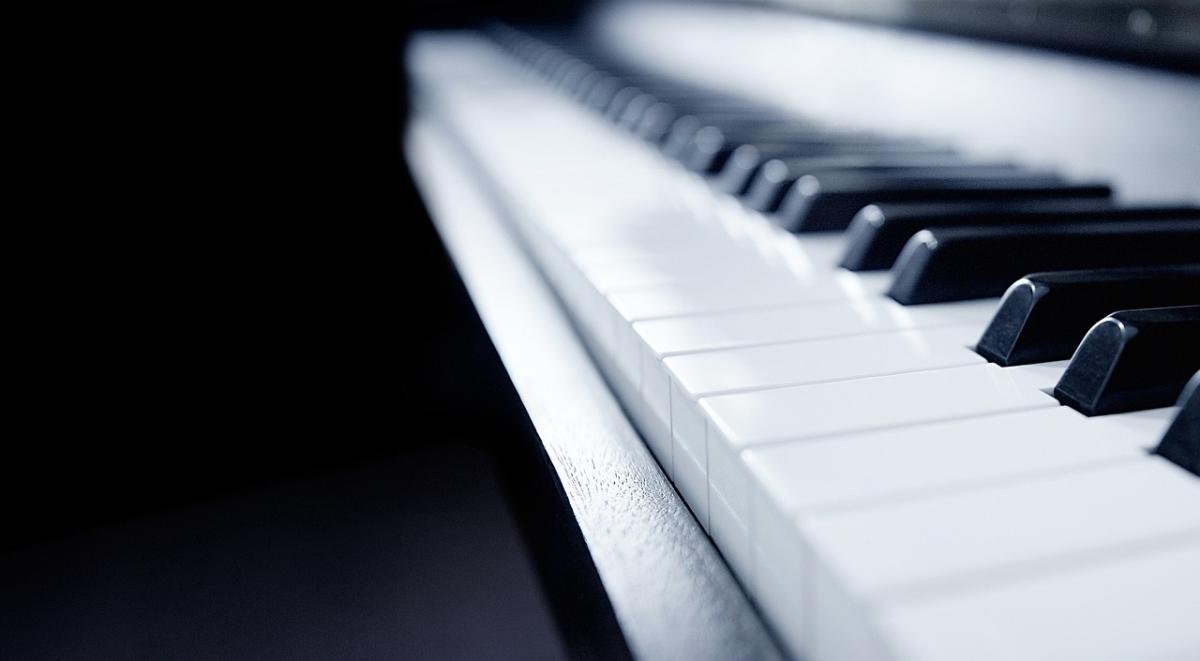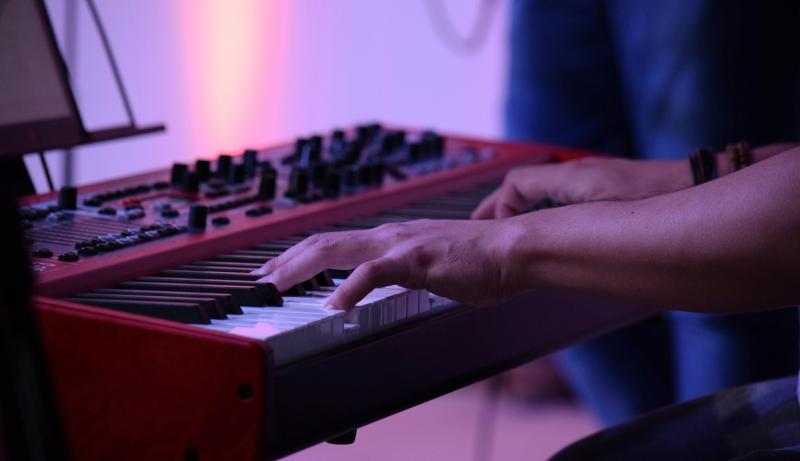Moving a digital piano requires careful planning and proper techniques to ensure it arrives at its destination without damage. Digital pianos are delicate instruments, and mishandling them can lead to costly repairs or performance issues. In this guide, we’ll cover how to safely transport your digital piano, whether you're moving it to a new home or taking it to a performance.
1. Gather the Right Supplies for Safe Transport
Before you start the moving process, make sure you have the necessary supplies to protect your digital piano. Having the right materials will help cushion the instrument and prevent scratches, dents, or internal damage.
Essential Packing Supplies
- Padded blankets or moving blankets
- Bubble wrap for extra protection
- Strong packing tape
- Sturdy straps or ropes
- A dolly or hand truck (for heavier models)
Original Packaging
If you still have the original packaging, including the box and Styrofoam inserts, it’s best to use these. The packaging is designed to fit your piano securely, providing optimal protection during transport. If the original packaging is no longer available, padded blankets and bubble wrap will work well as substitutes.
2. Disassemble the Piano If Possible
Many digital pianos come with detachable stands, pedals, and other components. If possible, disassemble these parts before transport to make the piano easier to handle and less likely to be damaged. Removing the stand and pedals also reduces the weight and size of the instrument, making it more manageable.
Step-by-Step Disassembly
- Disconnect the power cord and any other cables connected to the piano.
- If your piano has a detachable stand, carefully unscrew and remove it.
- Remove the pedals and store them separately.
- Pack each piece individually, wrapping them in bubble wrap or padded blankets for protection.
Label the Parts
As you disassemble the piano, label each part and keep the screws and bolts in a small, clearly labeled bag. This will make it much easier to reassemble the piano when you reach your destination.
3. Wrap the Piano Properly for Maximum Protection
Once the piano is disassembled, or if you’re moving it in one piece, wrap it carefully to prevent damage during transport. Wrapping your piano properly is one of the most important steps in ensuring its safety.
Use Padded Blankets and Bubble Wrap
Wrap the piano body in padded blankets to cushion it from impacts. Secure the blankets with strong packing tape, but avoid applying the tape directly to the surface of the piano to prevent scratches. For extra protection, add a layer of bubble wrap over the blankets, especially around delicate areas like the keys and controls.
Secure the Wrapping
Once the piano is fully wrapped, secure the blankets and bubble wrap with packing tape or straps to keep everything in place. Make sure the wrapping is tight enough to stay secure but not so tight that it puts pressure on the instrument.
4. Transporting the Piano Safely
Whether you're moving the piano by yourself or hiring professionals, it's important to handle it carefully to avoid bumps or sudden jolts that could damage the internal components.
Use a Dolly or Hand Truck for Heavy Pianos
If your digital piano is particularly heavy, use a dolly or hand truck to move it. Carefully lift the piano onto the dolly with the help of another person, ensuring that the weight is balanced. Secure the piano to the dolly with straps to prevent it from tipping over during transport.
Move Slowly and Carefully
When moving the piano, go slowly and avoid sharp turns or abrupt movements. If you’re navigating stairs, take extra care and have someone help you guide the piano up or down. It’s better to move slowly and steadily than to rush and risk damaging the instrument.
5. Securing the Piano in a Vehicle
Once the piano is wrapped and ready for transport, it’s important to secure it properly in the vehicle to prevent shifting during the drive.
Lay the Piano Flat or Upright
Depending on the size and shape of your digital piano, you can transport it either flat or upright. If laying it flat, make sure it’s resting on a soft, padded surface to prevent scratches or dents. If transporting it upright, secure it against a stable surface, such as the side of the vehicle, to keep it from tipping over.
Secure the Piano with Straps
Use straps or ropes to secure the piano tightly in place, whether it's in a car, van, or truck. Make sure the piano is strapped to a sturdy part of the vehicle to prevent it from shifting during transport. Check that the straps are secure but not so tight that they press into the instrument.
6. Avoid Extreme Temperatures
Digital pianos can be sensitive to extreme temperatures, especially prolonged exposure to heat or cold. Try to avoid leaving your piano in a vehicle for long periods in extreme weather conditions, as this can affect the internal components and tuning stability.
Transport in Climate-Controlled Vehicles
If possible, use a climate-controlled vehicle to transport your piano, especially if you're moving it over long distances. This will help maintain a stable temperature and protect the delicate electronics inside the piano.
7. Reassemble and Test the Piano After Transport
Once you've safely transported your digital piano to its new location, carefully reassemble it. Use the labeled parts and screws to reattach the stand, pedals, and any other components you disassembled. After reassembly, plug in the piano and test it to make sure everything is working properly.
Check for Any Issues
After reassembling the piano, test all the keys, pedals, and connections to ensure they are functioning correctly. If you notice any unusual sounds or issues, inspect the piano for any damage that may have occurred during transport.
Final Thoughts on Safely Transporting a Digital Piano
Properly transporting a digital piano without damage requires preparation, careful handling, and attention to detail. By disassembling the piano when possible, using the right packing materials, and securing it properly in the vehicle, you can ensure your instrument arrives safely at its destination. Following these steps will help you protect your investment and keep your piano in top condition.



